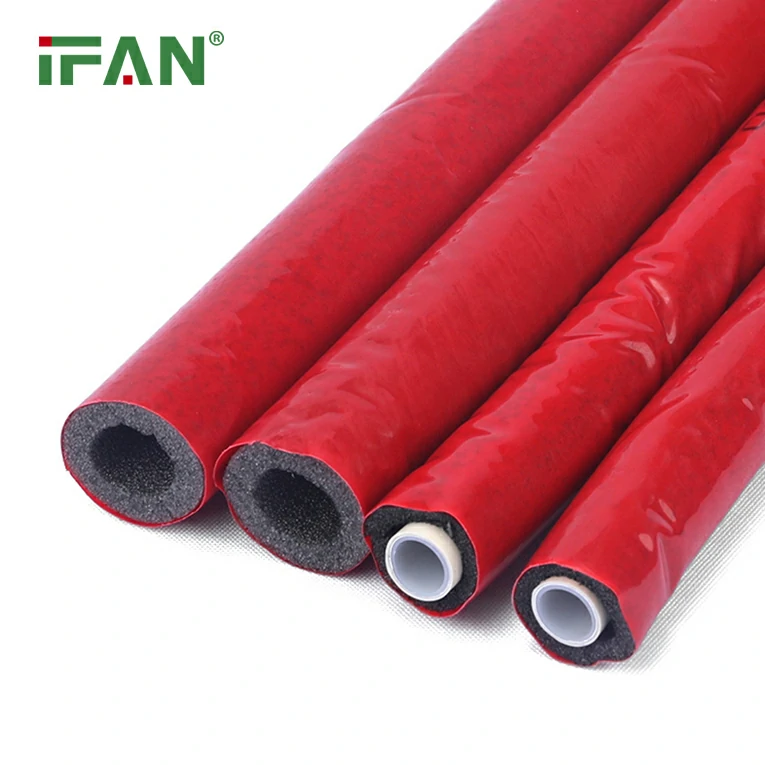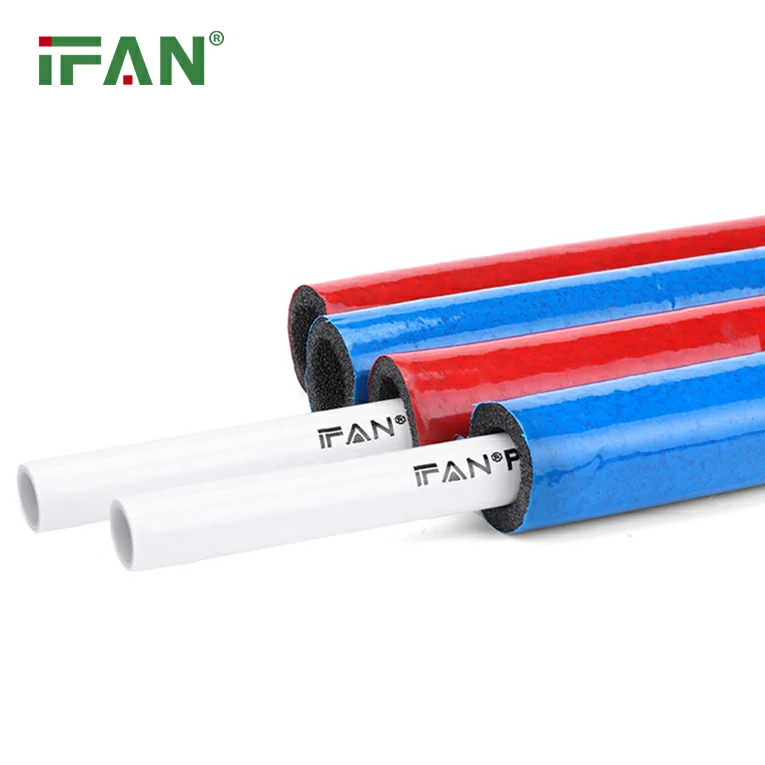Introduction

Clamp saddles are widely used in water distribution networks to connect smaller branch lines to larger main pipes. In this article, we will explore the features and installation process of clamp saddles for water distribution networks.
1. Features of Clamp Saddle
1.1 Saddle Design

Clamp saddles typically have a saddle-shaped design, which allows them to securely fit onto the main pipe. The saddle portion of the clamp saddle is specially designed to match the diameter of the main pipe, ensuring a proper and snug fit.
1.2 Clamp Mechanism
Clamp saddles feature a clamp mechanism that is used to fasten the saddle to the main pipe. This mechanism is typically operated by a bolt or screw that can be tightened to apply pressure and hold the saddle in place. The clamp mechanism ensures a secure and leak-free connection between the saddle and the main pipe.
1.3 Material Selection
Clamp saddles are available in various materials, including stainless steel, PVC, and high-grade plastics. The choice of material depends on factors such as the type of pipe, the operating conditions, and the specific requirements of the water distribution network. The selected material should be durable, corrosion-resistant, and compatible with the pipes being connected.
2. Installation Process
2.1 Preparation

Before installing a clamp saddle, it is essential to prepare the main pipe and the branch line. The main pipe should be clean and free from any debris or contaminants that could affect the connection. The branch line should be cut to the desired length and deburred to ensure a smooth and even surface.
2.2 Positioning the Clamp Saddle
The next step is to position the clamp saddle on the main pipe. The saddle should be placed at the desired location where the branch line will be connected. Make sure the saddle is aligned properly with the main pipe.
2.3 Tightening the Clamp Mechanism
Once the clamp saddle is properly positioned, tighten the clamp mechanism using a suitable tool. Ensure that the clamp is tightened evenly to avoid any distortion or damage to the saddle or the main pipe. The tightening should be firm enough to create a secure connection but avoid over-tightening, as it may lead to damage or deformation.
2.4 Checking for Leaks
After the clamp saddle is installed and tightened, it is crucial to check for any leaks. Turn on the water supply and carefully inspect the connection for any signs of leakage. If there are any leaks, adjust the clamp mechanism or tighten it further until the connection is completely leak-free.
2.5 Finishing and Testing
Once the clamp saddle is securely installed and no leaks are detected, finish the installation by trimming any excess material from the branch line and saddle. Finally, test the connection by running water through the system to ensure proper flow and functionality.
Conclusion

Clamp saddles play a vital role in water distribution networks, providing a secure and reliable connection between smaller branch lines and larger main pipes. With their saddle design, clamp mechanism, and material selection, they offer features that ensure a strong and leak-free connection. During installation, careful preparation, positioning, and tightening of the clamp mechanism are essential. By following the proper installation process, clamp saddles can effectively contribute to the efficient and effective functioning of water distribution networks.






